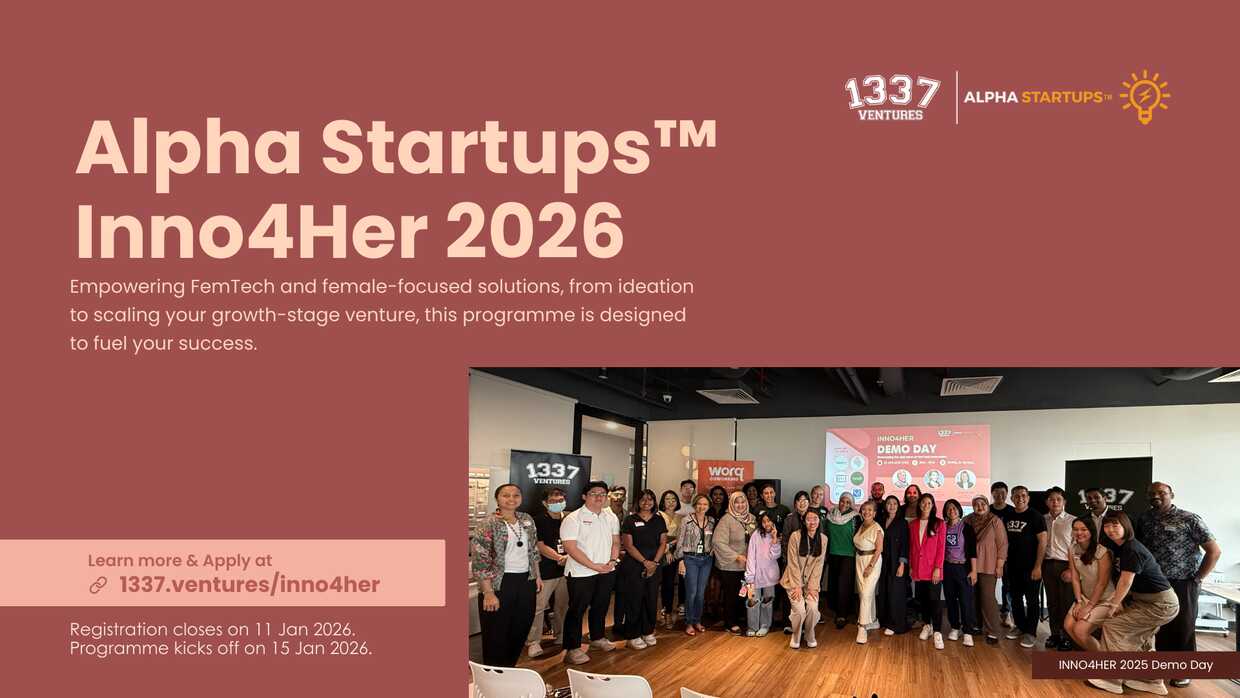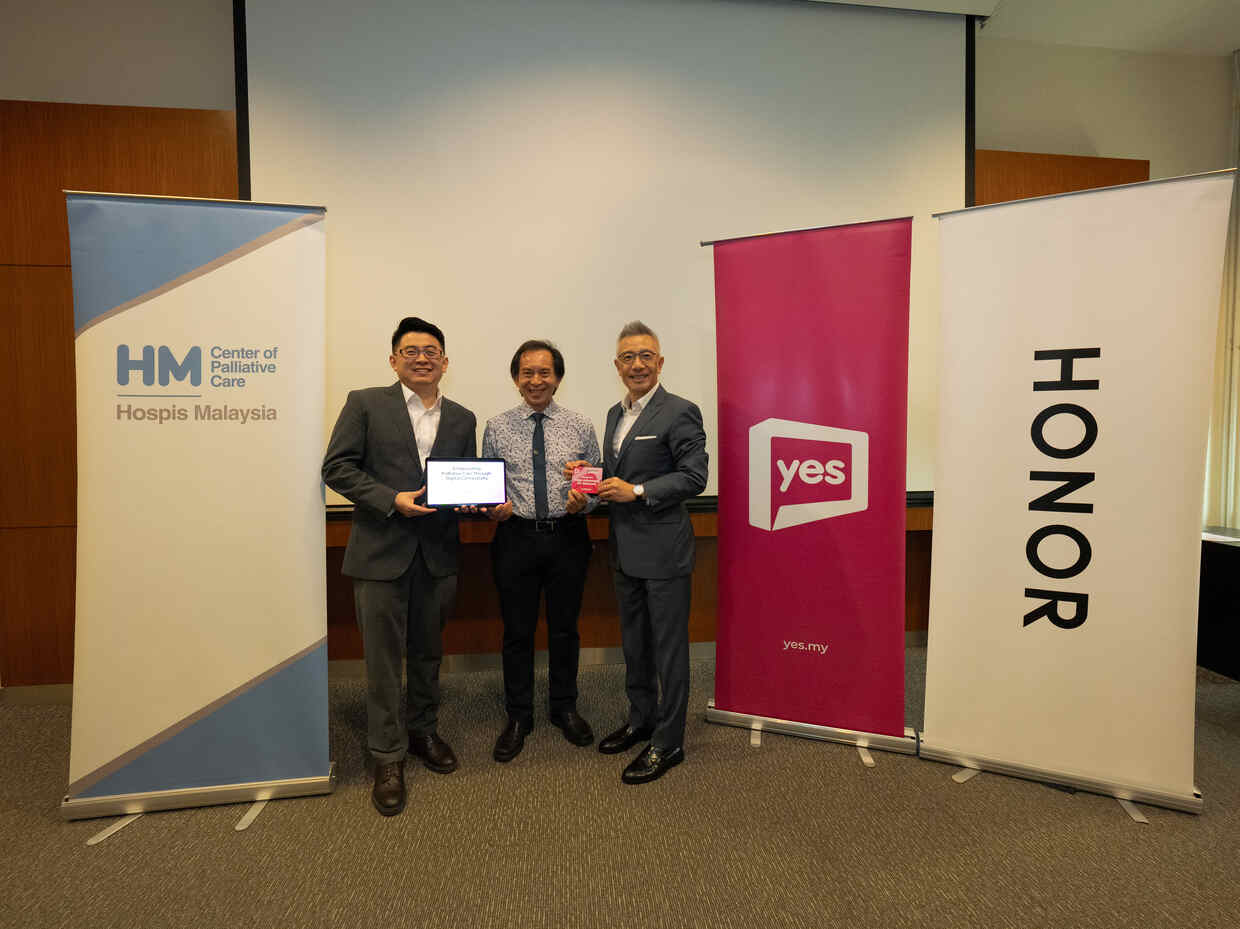The new RapidKL bus ticketing system introduced at the end of Febuary this year, is now a separate system requiring existing Rapidpass users to pay an extra fee, a minimum of RM3 to “open a new account” for the RapidKL bus system.
The new RapidKL bus ticketing system transition was undoubtedly rushed and poorly executed, all this done without having existing Rapidpass users in mind.
The experiment
In April, I decided to give RapidKL a run for its money and purchased the Rapidpass ‘Integrated’ plan for RM150, the plan gives me unlimited access to RapidKL buses, Kelana Jaya line and Ampang line LRTs and KL Monorail for 30 continuous days, an additional RM10 is charged to new customers to cover the price of the Touch ‘n Go card.
By the end of the first week in April, more buses were starting to switch to the new ticketing system, they disabled and in some cases even completely removed old Touch ‘n Go card readers from buses, they did this knowing that the new card readers did not recognise Rapidpass Touch ‘n Go cards.
However, access to buses were still available simply by showing the driver your card.
The incident
After days of manual inspection by the driver to gain access to the bus, I experienced personally why automated and electronic systems are set up to begin with. To avoid human error and to boast efficiency perhaps?
One night, a self-informed driver serving the U32 bus route, insisted that the Rapidpass was recognised by the new system and asked me to place the card at the new card reader, the reader however displayed a message reading “Please Reload”, but this was the standard error displayed when a Rapidpass card is introduced to the new card reader, to which the driver would tell the user to board.
However this particular driver was not content with the error and started fiddling with his controls trying to fix the issue. Another message appeared after a beep, but this time it clearly read “Error”, disappointed that he had failed to prove his point, he allowed me to board the bus.
The following morning the real problems caused by the driver’s proactive “problem-solving” attitude started to surface. The card was rendered useless and no longer gave me access to the LRT service. Upon reporting the issue to RapidKL personnel at KL Sentral, I was asked to go to the Touch n Go outlet in KL Sentral to resolve the problem.
At Touch ‘n Go, I was informed that the card was blacklisted as the card was not meant for the new card reader, however when asked for a replacement card, the Touch ‘n Go representative said that could not be done but offered me two alternatives.
The first alternative was to send the card to them (Touch ‘n Go) which would take one week to fix and in the meantime use a paper voucher for all the services, the second choice was to keep the card and continue to use it for all unaffected services, in this case the only unaffected service was the KL Monorail and a voucher would be produced for the rest.
After weeks of flashing a piece of paper at auxiliary police at LRT stations to gain access, I learnt yesterday that the LRT system has been fixed, however the RM150 Rapidpass is still unrecognised in buses, but with a minimum one-time fee of RM3, users can open an account for Rapidpass to be able to work with the new bus ticketing system.
The whole point of Rapidpass Intergrated was to create a pass for frequent commuters, encompassing a wide range of services at a reasonable price. For Rm150, why are users required to pay anything extra to be able to use what is already paid for and why was the new bus ticketing system designed without considering the existing Rapidpass System?
Not only did the technical infrastructure fail to comply with the existing system, RapidKL employees were not briefed on proper procedures on how to handle the new system and how to incorporate all other existing systems.
RapidKL has failed to provide the integrated system they promised and they are billing existing Rapidpass users for their incompetence.












